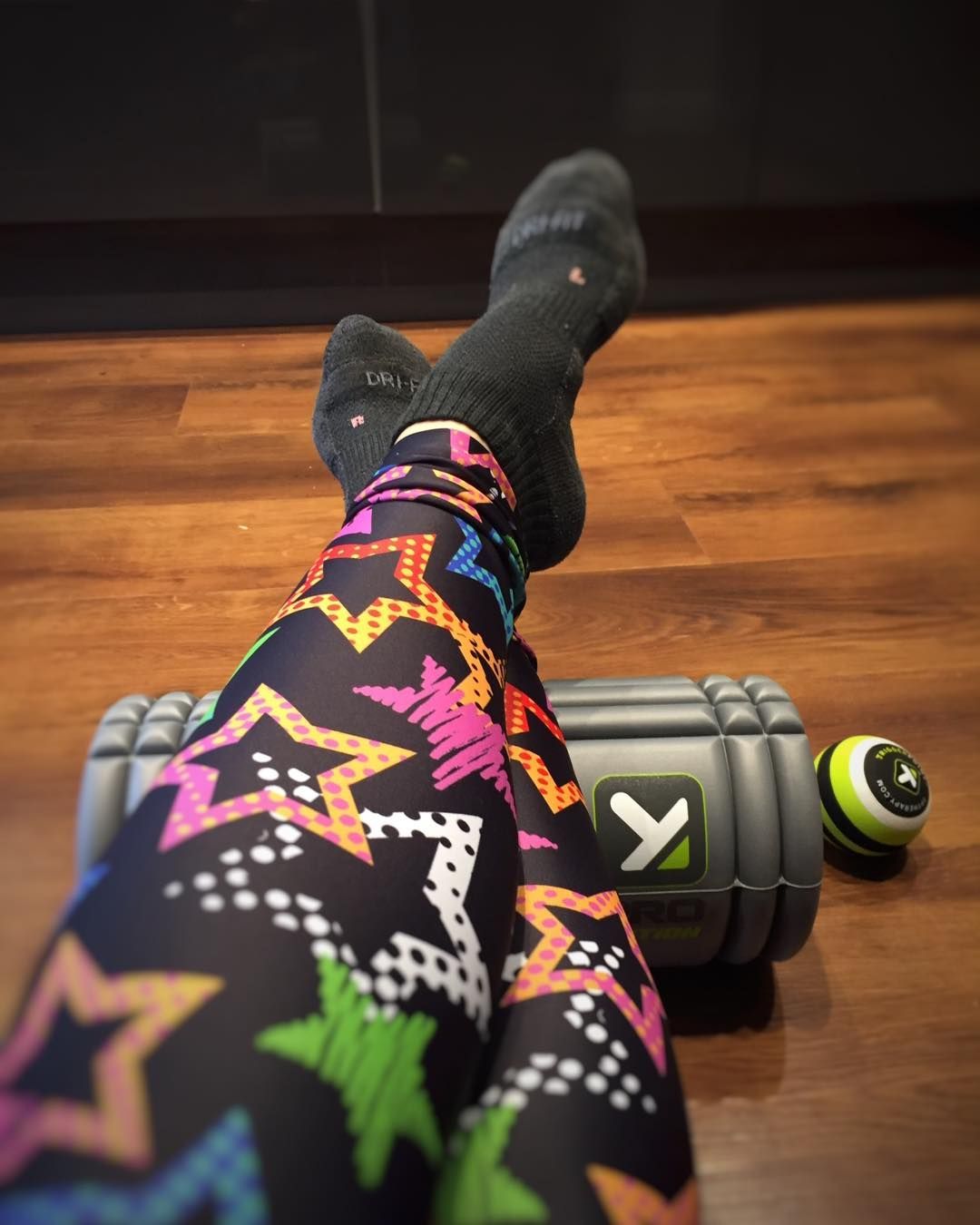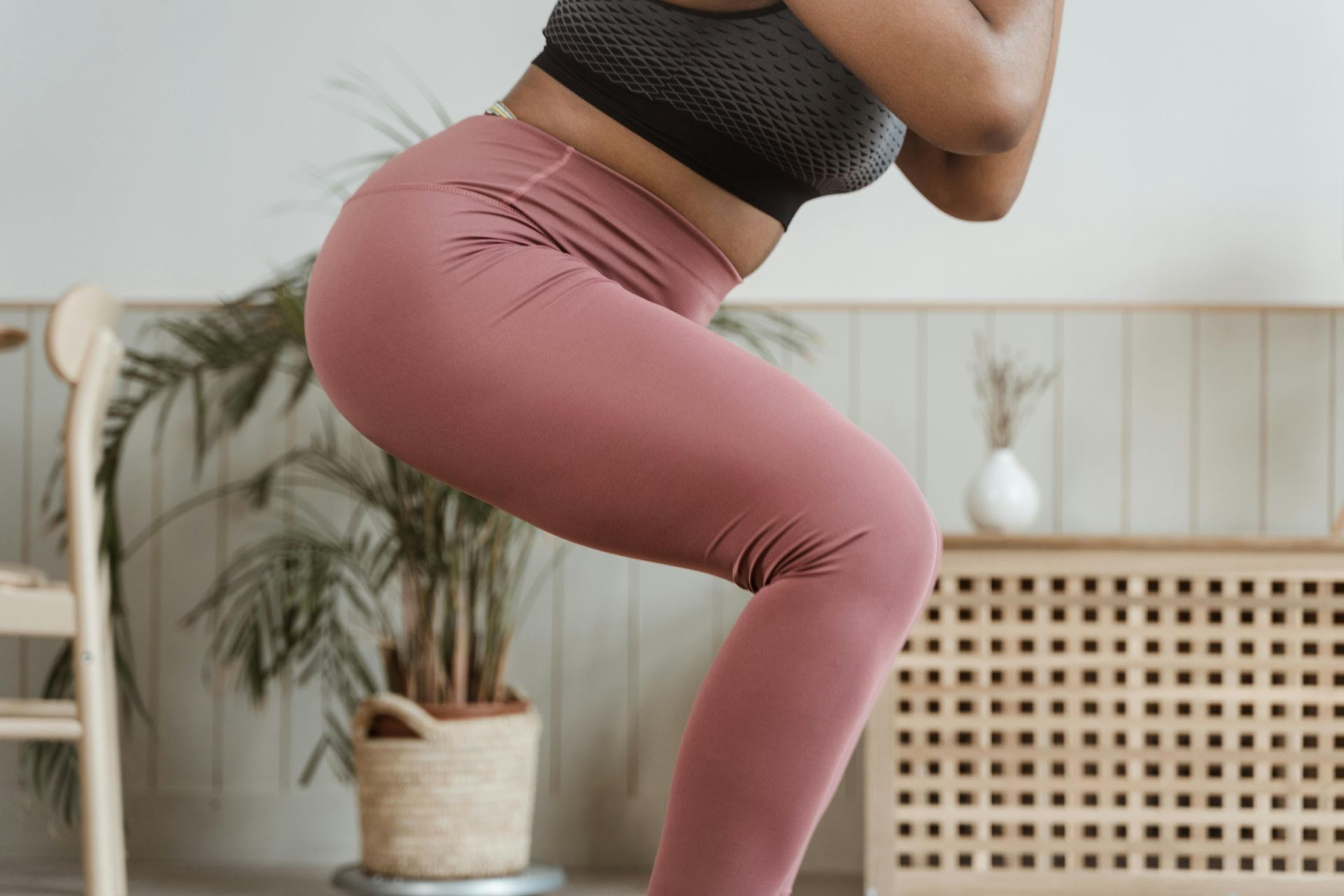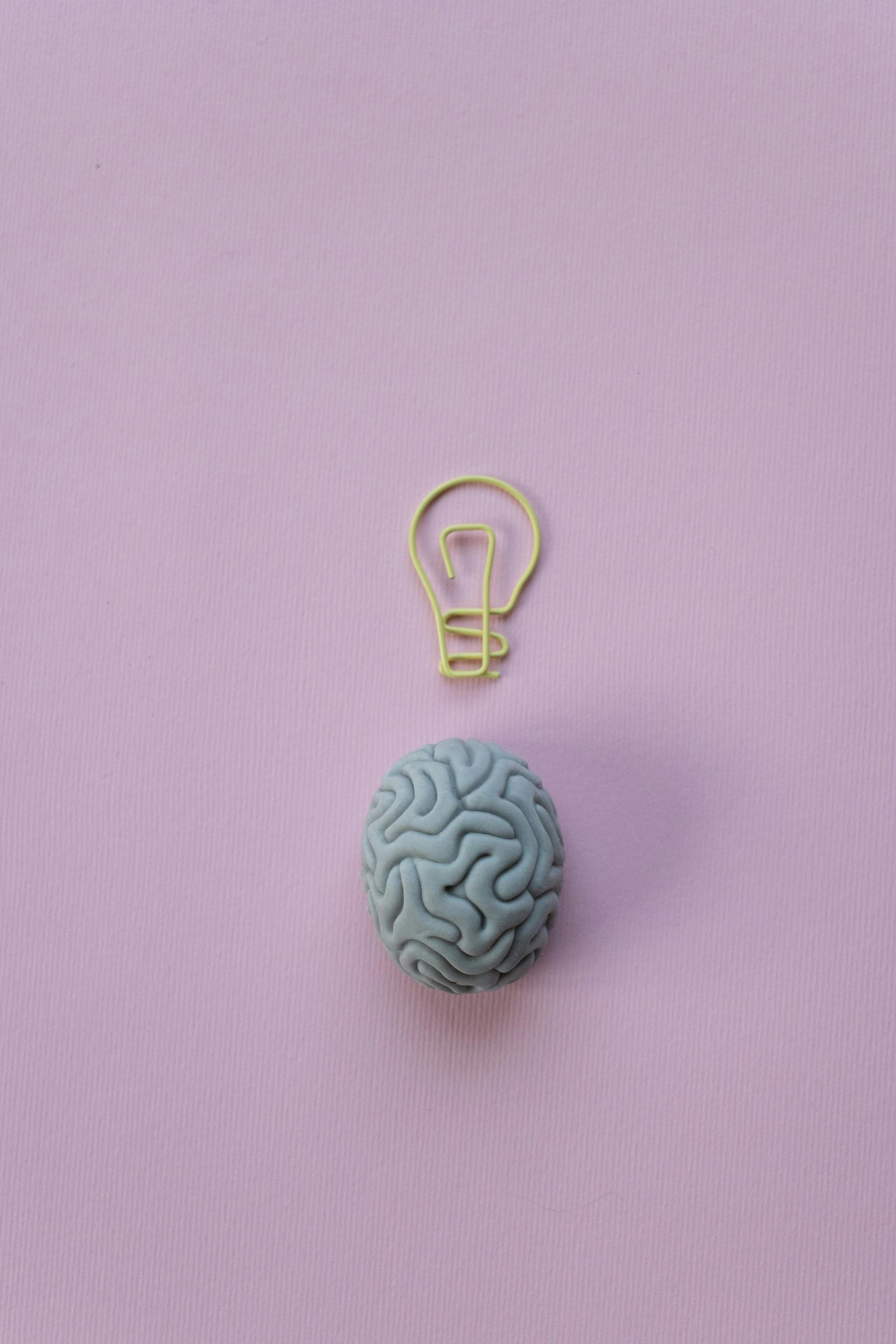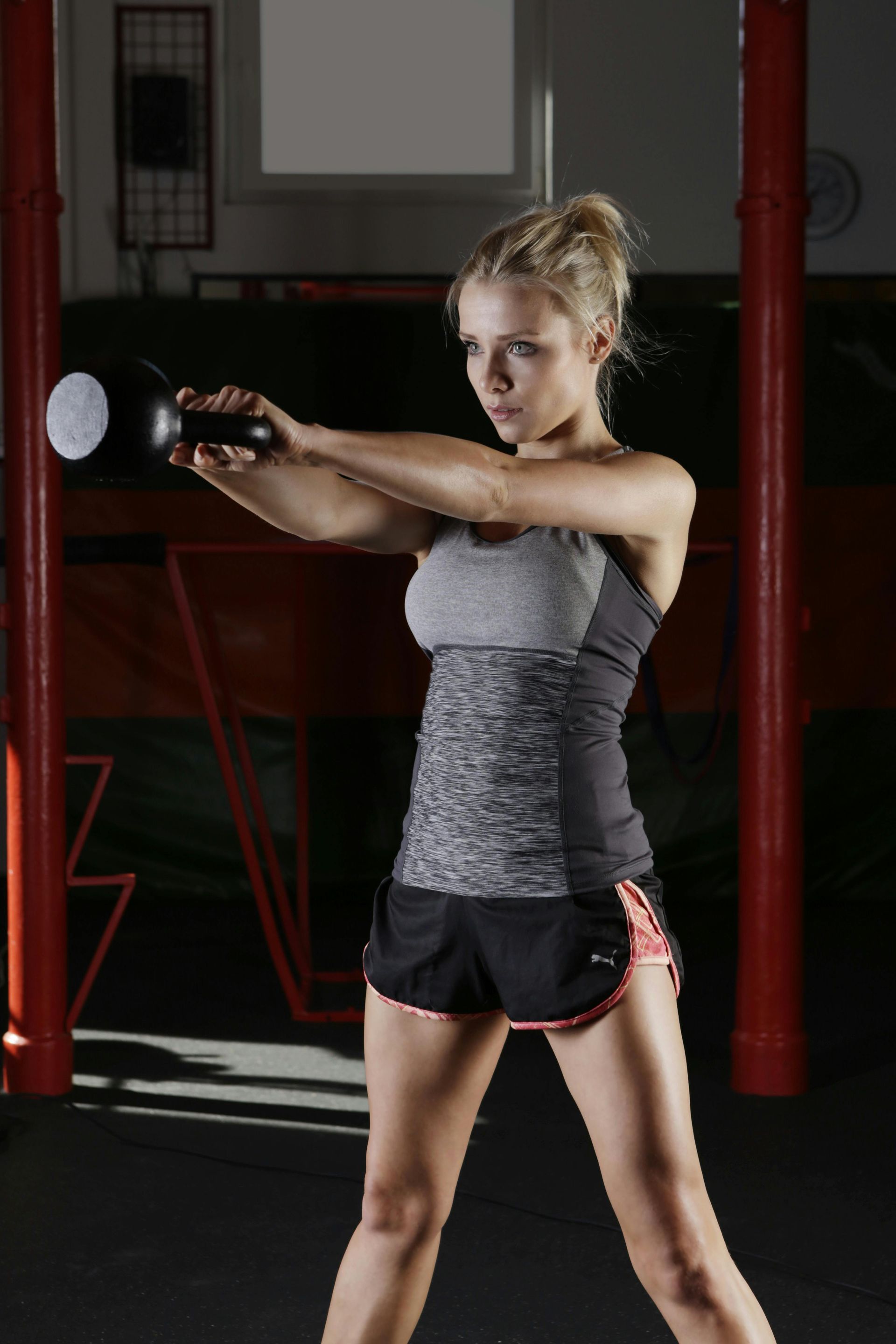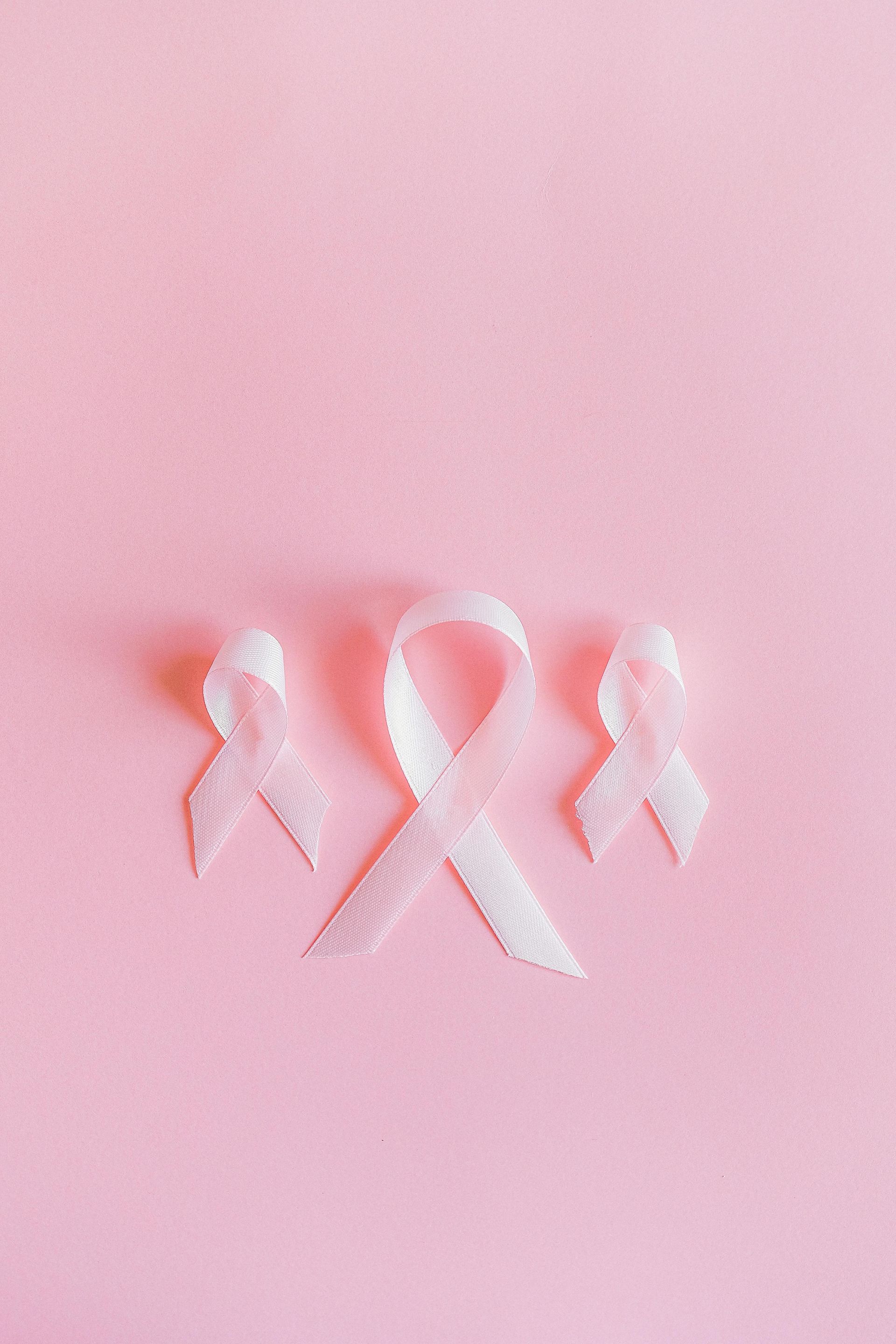I was going to try and make it sound better than it is, but yes, it hurts.
I've been told that if you do it regularly enough, it's less painful.
And I understand that athletes who do it every day, don't complain about it at all 🤷♀️
Why does Foam Rolling hurt?
What we're trying to do is to release trigger points and loosen up adhesions.
You're putting pressure on these spots, and this activates the nerve endings in the cells which causes the "discomfort".
This pressure is like a super-localised stretch. And when you've released the trigger points and adhesions, blood circulation to the area returns and improves, allowing the spot to heal.
Is it best to use the foam roller before or after exercise?
It's great to use it both before AND after exercise.
Rolling before improves your range of movement and make you less likely to injure yourself during the exercise.
Rolling after's great for releasing muscles that have worked hard.
If you find it's absolutely excruciating after, for example, a heavy weights session, give your muscles a chance to recover and try again a day later.

